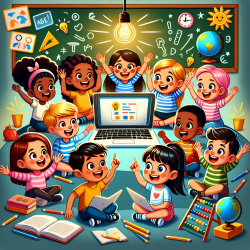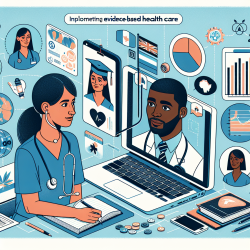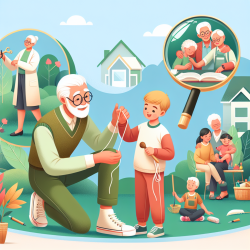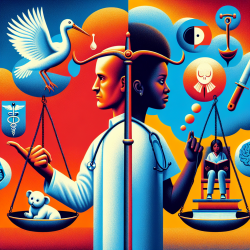Introduction
In the ever-evolving landscape of child development, the integration of technology has become indispensable. The COVID-19 pandemic has accelerated this trend, highlighting the potential of mobile health (mHealth) solutions to bridge gaps in accessibility and participation for children with disabilities. A recent study, "Changes in Use of a Leisure Activity Mobile App for Children With Disabilities During the COVID-19 Pandemic: Retrospective Study," provides valuable insights into how practitioners can leverage mobile apps to enhance outcomes for children.
The Power of Mobile Apps
The Jooay App, a mobile platform listing inclusive leisure activities, serves as a case study for understanding the role of technology in supporting children with disabilities. Before the pandemic, Jooay primarily listed in-person activities. However, the onset of COVID-19 necessitated a shift to online activities, revealing a strong positive correlation between the number of online activities and app engagement (rs=0.900).
Key Findings and Implications
- Engagement Trends: The study observed a significant drop in app engagement during the pandemic's first wave, with a 64.2% decrease compared to the previous year. However, as online activities were introduced, engagement began to recover.
- Barriers to Participation: Children with disabilities face numerous barriers to leisure participation, including limited access to information. The Jooay App's adaptation to list online activities helped mitigate these barriers.
- Data-Driven Decisions: Practitioners can use such data to inform decisions and tailor interventions that enhance accessibility and participation.
Practical Applications for Practitioners
Practitioners can draw several actionable insights from this study:
- Embrace Technology: Encourage the use of mobile apps to provide families with accessible information about leisure activities. This can enhance engagement and participation.
- Focus on Inclusivity: Ensure that listed activities are inclusive and cater to the diverse needs of children with disabilities.
- Continuous Improvement: Use engagement data to refine app offerings and ensure they meet the evolving needs of users.
Encouraging Further Research
While the study provides valuable insights, it also highlights the need for further research into the long-term impacts of mHealth solutions on child development. Practitioners are encouraged to explore additional studies and contribute to the growing body of knowledge in this field.
Conclusion
The integration of mobile apps in supporting children with disabilities is not just a trend but a necessity. By leveraging data-driven insights, practitioners can enhance participation and outcomes, ensuring that children with disabilities have equal opportunities for development and well-being.
To read the original research paper, please follow this link: Changes in Use of a Leisure Activity Mobile App for Children With Disabilities During the COVID-19 Pandemic: Retrospective Study.










